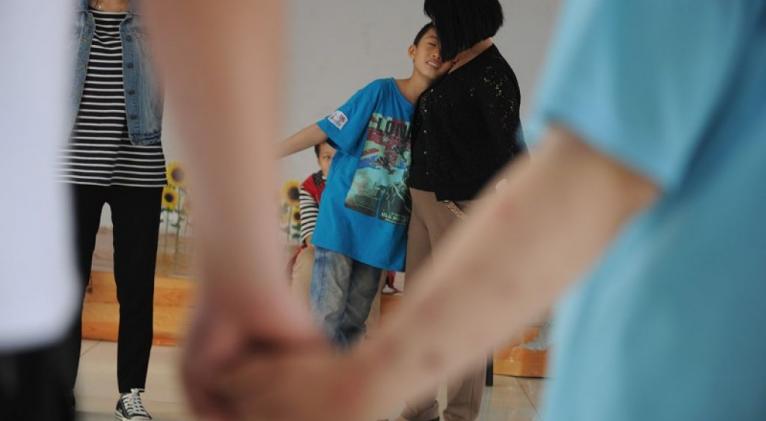Interpreting body language is no problem for kids with autism
especiales

The finding challenges the commonly held notion that children with autism have difficulty reading emotions. This may have arisen from studies focusing on whether people with the condition can interpret emotions from just the face or eyes, says Candida Peterson at the University of Queensland in Australia.
“Looking at a face is in itself a problem,” says Peterson. “Autistic children and adults don’t like making eye contact,” she adds, as this requires a close encounter with another person. Reading body language, by contrast, can be done from a distance.
In the study, children aged 5 to 12 were shown photos of adults with blurred faces posing in ways to convey happiness, sadness, anger, fear, disgust and surprise. Those with autism were just as good as those without at recognising the emotions.
But this is only part of the picture. People with autism also have difficulty changing their behaviour in response to others’ emotions, says Julie Grezes at INSERM’s Laboratory of Cognitive Neurosciences in Paris, France.
When most people recognise that someone is experiencing a certain emotion, they are able to put themselves in their place to understand why they might be feeling that way. People with autism are known to struggle with this. Now we know that they can read body language, says Peterson, we can look for ways to help them link certain cues to what the other person might be thinking and feeling.
She and her colleagues now plan to test how good children with autism are at reading body language cues in real-life interactions, in particular when they are faced with individuals in extremely emotional states.
Journal reference: Journal of Experimental Child Psychology, doi.org/6dp













Add new comment